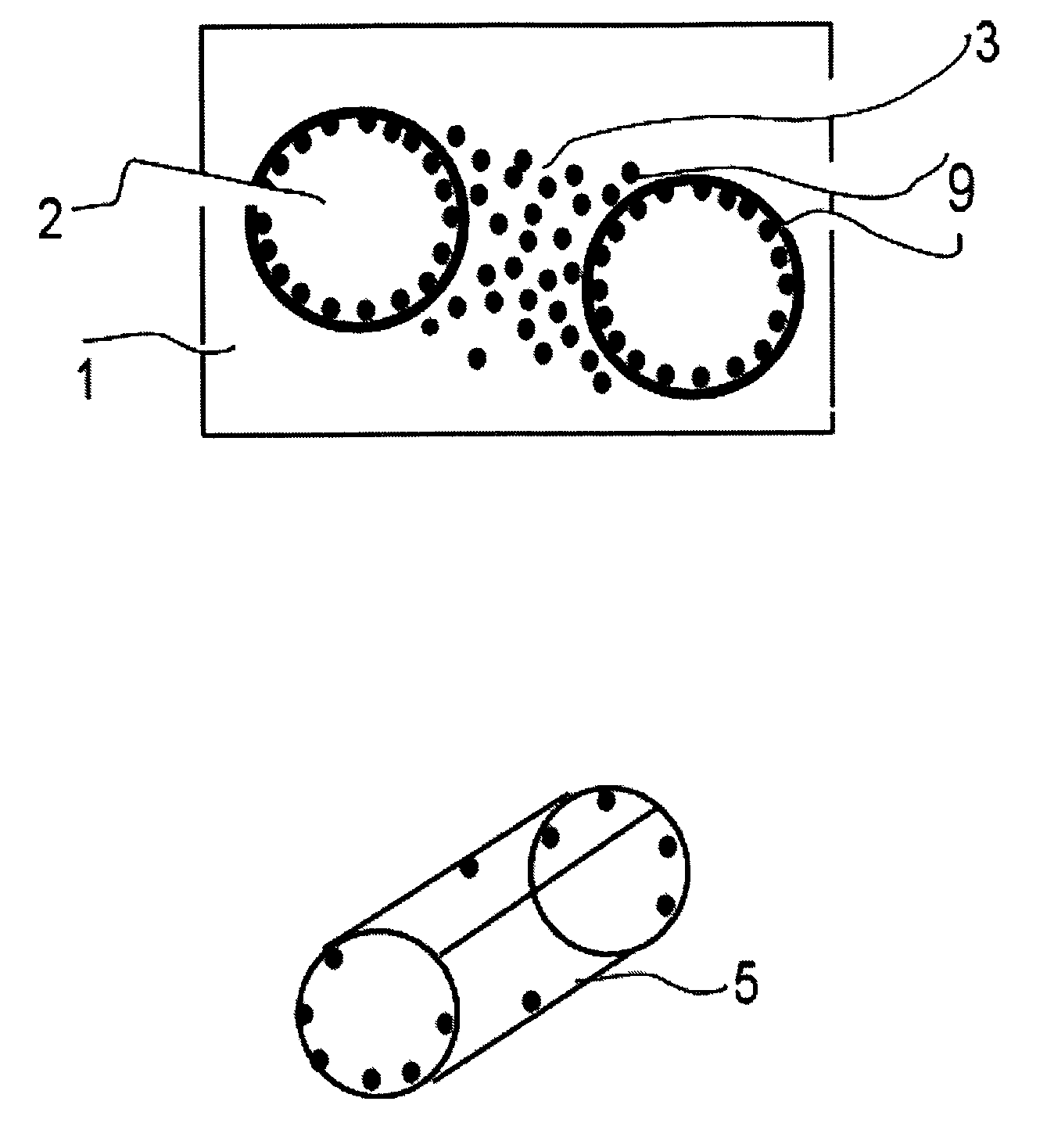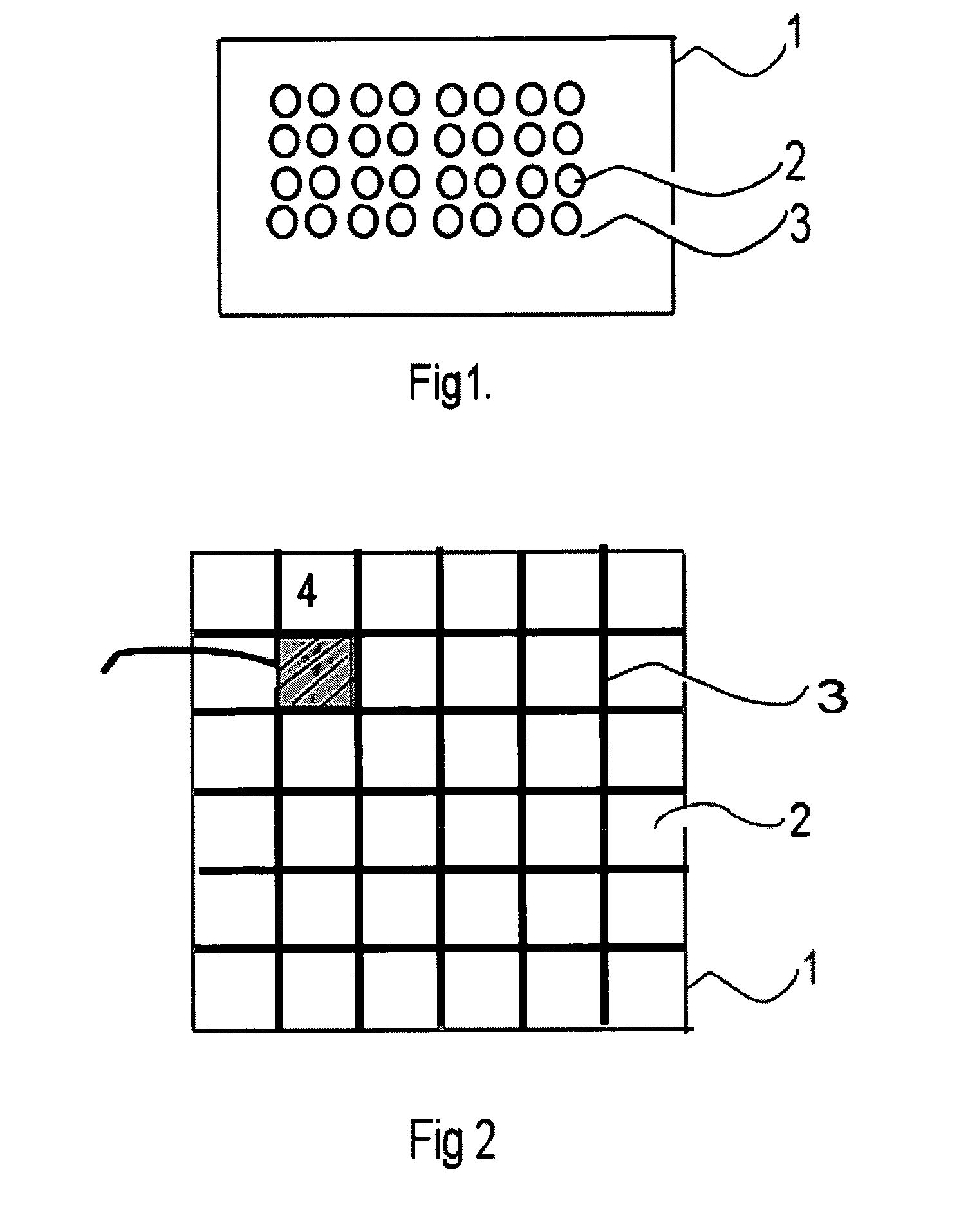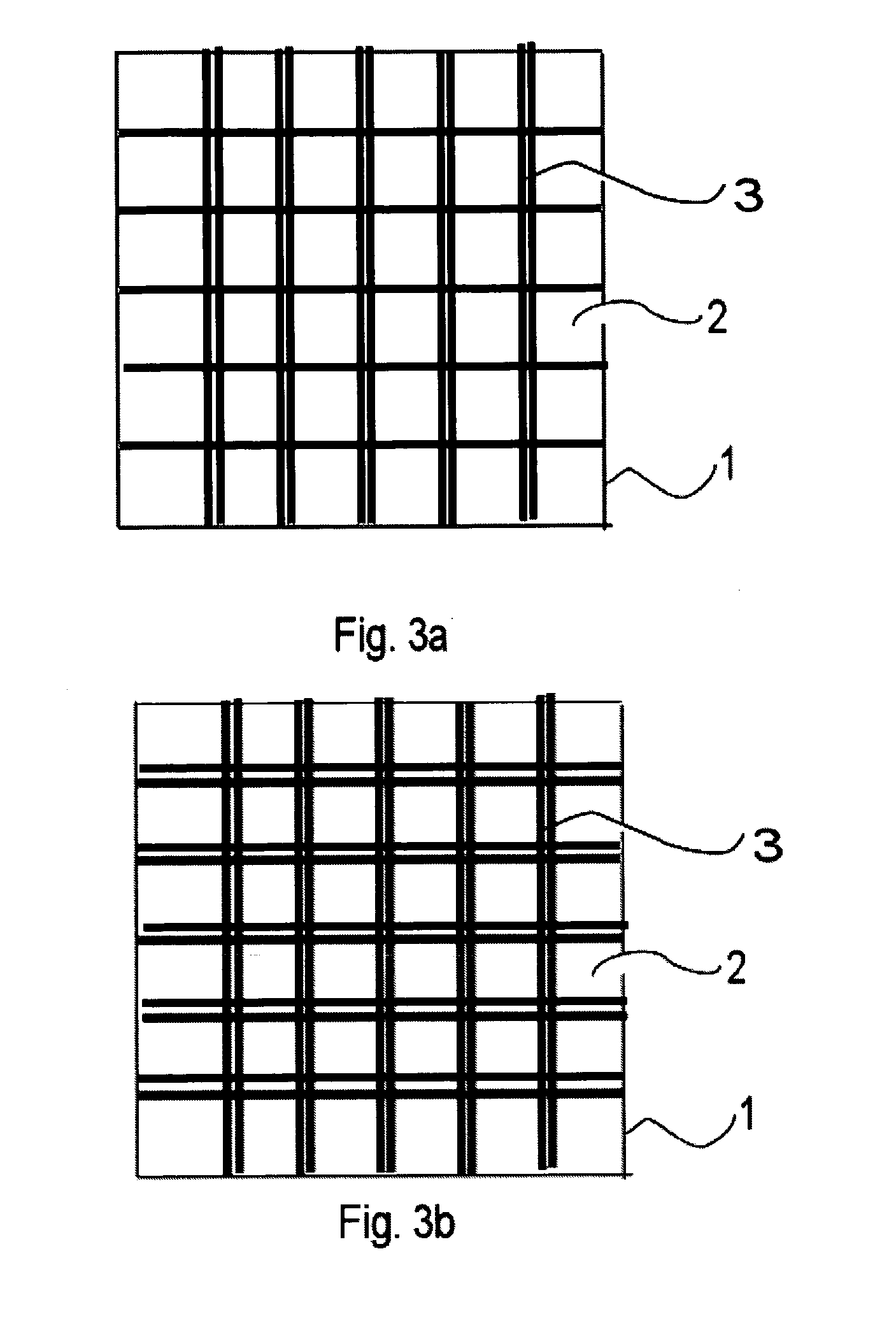Perforated surface for sample preparation
a perforated surface and sample technology, applied in the direction of filtration separation, separation processes, instruments, etc., can solve the problems of limited separation of different types of components of samples, small volume (nano liters) of samples, and typical use of larger samples, etc., to achieve the effect of giving surface tension properties
- Summary
- Abstract
- Description
- Claims
- Application Information
AI Technical Summary
Benefits of technology
Problems solved by technology
Method used
Image
Examples
example 1
Sample Preparation Using the Mesh
[0065] A Polypropylene mesh having the hole size of 2 mm diameter. A 20 ul sample of protein (cytochrom-C) is added to the open surface and let to dry. The solid protein molecules are concentrated on the threads of the mesh. The protein from the mesh is eluted in 5 ul water and analyzed by HPLC. This showed about 4 fold concentration of the protein sample.
example 2
Desalting the Sample Using the Mesh Coated with a Chromatographic Material
[0066] A Polypropylene mesh having the hole size of 2 mm containing the C18 chromatographic material at its solid surface. The chromatographic material is attached to the surface by heat and pressure. Then, 20 ul of a sample containing Cytochrom C in PBS buffer is applied to the hole and pipetted back and forth 5-10 times. Cytochrom C will bind to the surface containing C-18 while PBS will not. The hole was washed with water 3-4 times and eluted with 50% isopropanol and water solution. The eluted sample was analyzed by HPLC for presence of Cytochrom C in the sample.
PUM
| Property | Measurement | Unit |
|---|---|---|
| Thickness | aaaaa | aaaaa |
| Pressure | aaaaa | aaaaa |
| Chemical properties | aaaaa | aaaaa |
Abstract
Description
Claims
Application Information
 Login to View More
Login to View More - R&D
- Intellectual Property
- Life Sciences
- Materials
- Tech Scout
- Unparalleled Data Quality
- Higher Quality Content
- 60% Fewer Hallucinations
Browse by: Latest US Patents, China's latest patents, Technical Efficacy Thesaurus, Application Domain, Technology Topic, Popular Technical Reports.
© 2025 PatSnap. All rights reserved.Legal|Privacy policy|Modern Slavery Act Transparency Statement|Sitemap|About US| Contact US: help@patsnap.com



